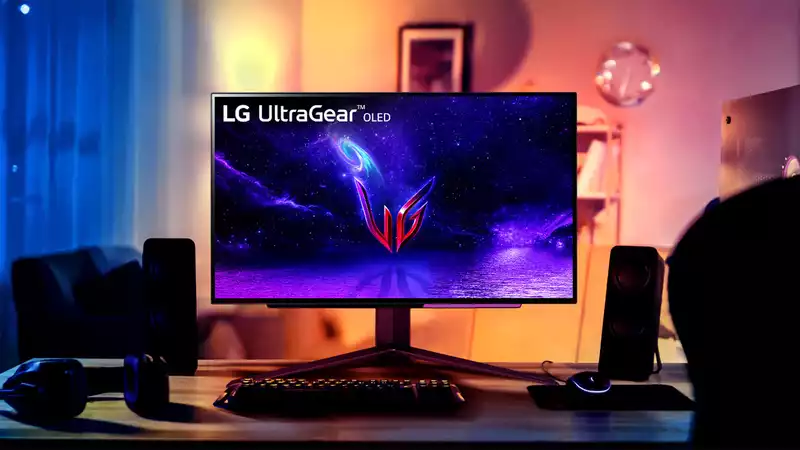LG Display has taken the unusual step of directly blaming its nemesis Samsung for the OLED burn-in problem. At a press event earlier this week (open in new tab), LG released images produced by its own tests showing that Samsung's S95B OLED set burned out after only two months.
LG also released images of another OLED TV, Sony's A95K, which uses Samsung's panel technology. All of these images were produced as part of Rtings' TV Accelerated Longevity Test (opens in new tab); LG compared these images with Rtings' results using its own G2 and C2 OLED TVs.
LG further explained that their OLED panels are less susceptible to burn-in because they use white sub-pixels; according to LG, this produces a brighter image without wearing out critical RGB sub-pixels. In contrast, Samsung's OLED technology is pure RGB, which LG claims is more prone to burn-in.
On the other hand, Samsung has always supported the view that pure RGB sub-pixels provide more accurate color. Samsung also claims that the thermal management of OLED panels has been improved and that the new HyperEfficient Electroluminescence material reduces the risk of burn-in. [Of course, the Rtings results are only one piece of data. Furthermore, depending on the test method, these kinds of results can vary widely. As an example, Rtings has already made significant adjustments to its methodology, even though it has only been testing for a few months.
"After starting two years of long-life testing, several users have pointed out major flaws in our schedule. This is because Sony's OLED TVs only begin the correction cycle after the TV has been powered off for four hours. We adjusted the schedule to allow time for this process to complete," says Rtings.
It is possible that Samsung's OLEDs have fallen into similar methodological quirks." Time will tell, but the case is likely to keep running as the two giants of OLED technology battle for supremacy.
It is also worth noting that, for now, Samsung's QD-OLED panels appear to have a clear advantage with respect to large-screen brightness. In tests from multiple sources and in our subjective experience, Samsung's OLED panels are quite bright when the majority of the panel is displaying bright image data.
In actual testing, when more than 70% to 80% of the panel is lit, the Samsung panel is approximately 250 nits, while the LG panel is approximately 150 nits.
All currently available OLED gaming monitors use either LG or Samsung panel technology; Alienware was the first to adopt Samsung panels with the Alienware 34 (open in new tab), and our recent tests of BenQ (open in new tab) (open in new tab) and Corsair (open in new tab) large monitors we recently tested are LG-based.
So the question now is whether that superior Samsung brightness comes with a significant risk of burn-in. Watch this space. Also, if you are viewing on an OLED panel, we recommend checking in from time to time, rather than leaving the page loaded.


Comments